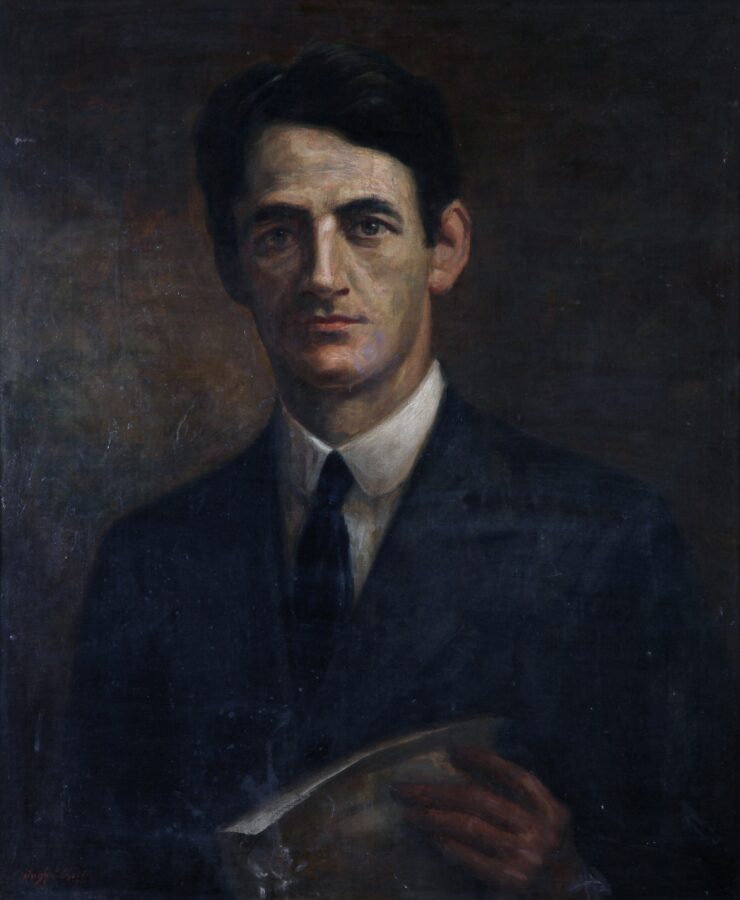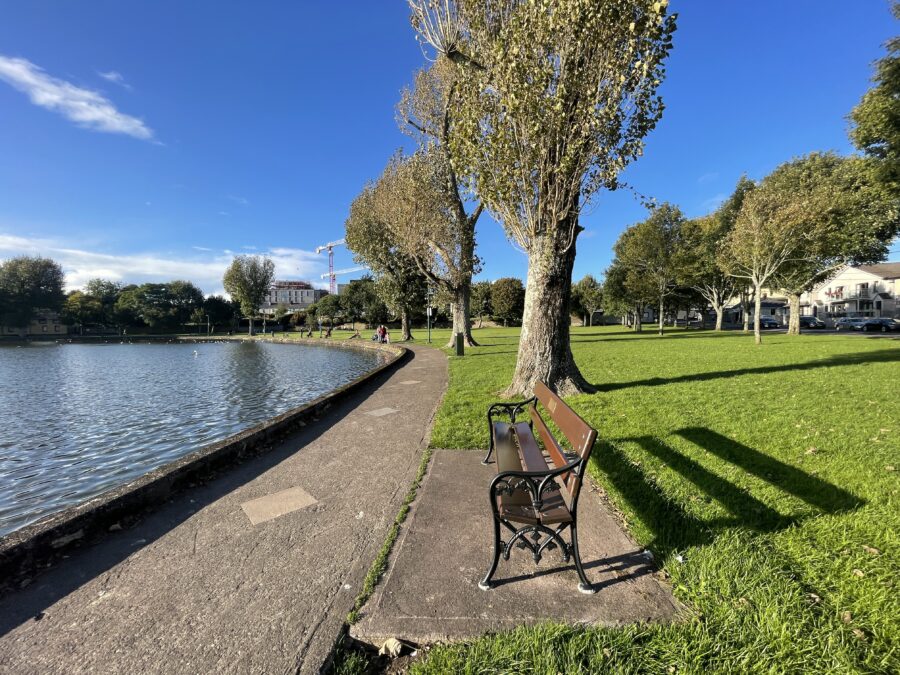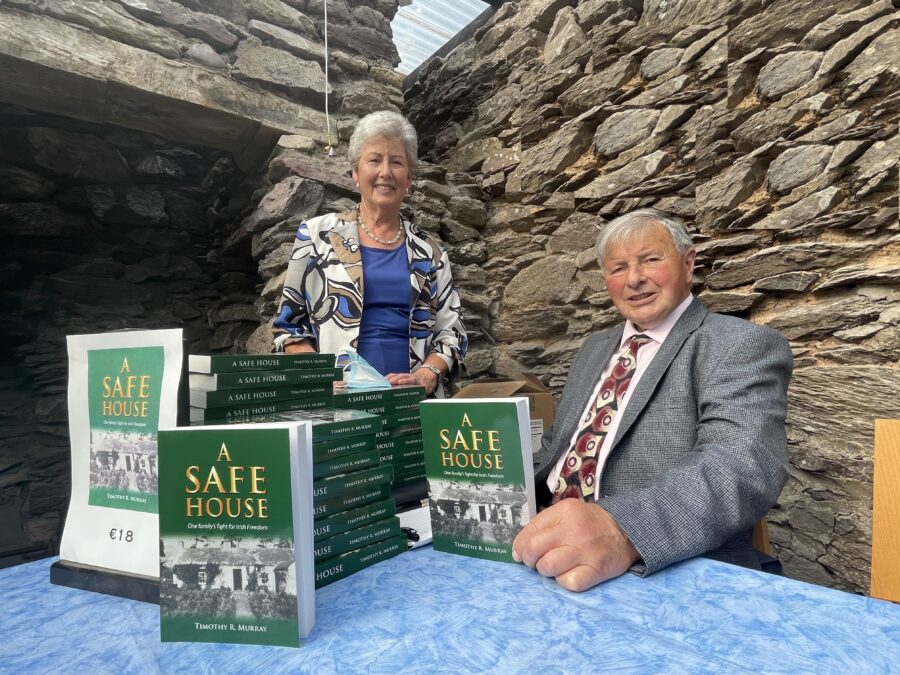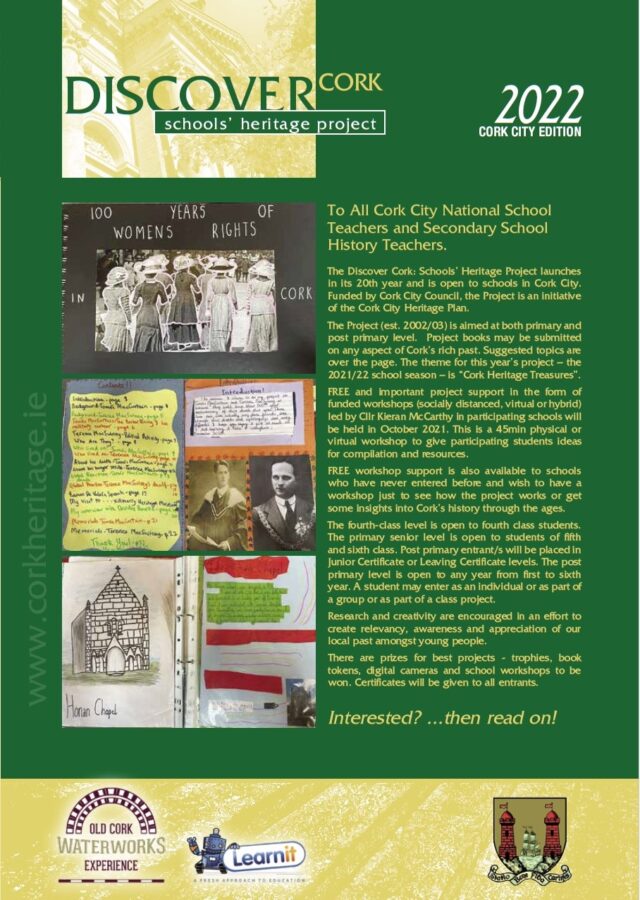Some initial thoughts….
It is true to say that Bishop Lucey Park has served this city well since 1985.
It’s been 36 years since the park has been revisited as a whole.
The site has always been in flux with interesting ideas on the nature of Cork’s urbanity.
Delving into a site biography of the park site and one can see old seventeenth and eighteenth century maps of the city showcasing the structural legacies of an alms house and a school associated with Christ Church – so the site initially was space of helping citizens and one of education.
Fastforward to the mid-twentieth century and the demolishing of such buildings created an open sore in the heart of the city.
The additional decision in the 1970s to build Cork’s first public carpark on the site was deemed a constructive one at the time but was bound up with the city’s struggle to cope with increased cars and the demand for car parks.
But it was the city’s University archaeologists that put Cork Corporation thinking on another track in a very short time.
The excavation in the late 1970s by the late Dermot Twohig showcased what stories lay beneath the old school and almshouse. It was the first urban excavation in Cork City.
Finding timber tree trunks as foundational supports for medieval housing, collapsed fourteenth century wattle walls and full to the brim timber lined pits with shells and associated objects re-ignited an interest in the city’s medieval and resilient past.
The dept of archaeological work completed in the 1980s can be viewed in the Journal of the Cork Historical and Archaeological Society in Cork City Library and online.
That coupled with various local historians, the late Sylvester O’Sullivan, who was the Corporation’s autobiographer of the history of its officials and engineers, and of course the late Seán Pettit, amongst others in the hallowed halls of UCC’s history department, who wrote at length newspaper articles and conducted walking tours, and who put public pressure on the Corporation Cllrs and the officials to create something more beneficial than a car park on the site.
And credit needs to be given to our predecessors in 1984 and 1985 for their vision and their re-interpretation of what was a derelict site and for taking a risk with it. Indeed, their risk in creating Cork 800 – the celebration of Cork’s being granted its first urban charter in 1985 – was one that laid many foundations across many arts and cultural fields and left our generation many positive cultural legacies especially in the fields of heritage, music and dance in the present day.
The centre piece of the celebrations was to be a new inner city public park. Majority support was expressed in the Council chamber for its name Bishop Lucey, who had just passed away – and was widely acknowledged for his work on the creation of the city’s rosary churches and associated community centre infrastructure and in the creation of the Credit Union system in Cork.
Of course when it came to laying out the park, the experience of the city’s archaeologists came to bear as foundations of the town wall were discovered. Indeed, such experience is very apparent in an interview with Maurice Hurley, consultant archaeologist at the time who spoke to RTE news – a piece of which is now archived online – when he went through the finds on the site, the nature of the town wall discovery and called for a larger museum for the city.
The City was also blessed to have Tony McNamara, City Architect, working in the city at the time – his re-engaging with the old cornmarket gates at City Hall and finding them a home at the entrance to Bishop Lucey Park as is thanks due to the vision of other City hall officials over the years, who gathered sculptures such as Seamus Murphy’s Onion Seller and plaques to the men of the 1798 rebellion and in more recent years the boxing wall memorial plaques.
One also needs to nod to the wider environs and the infrastructure work that has gone on there – the widening of the Grand Parade project, the re-orientation of Berwick Fountain, and the reputed seventeenth century canon.
Indeed, not only has Bishop Lucey Park served this city well over its 35 years – this little park has served as an inspirational platform for conversations on dereliction, environmental and greening challenges, well-bring, public art, incorporation of archaeological finds, conservation and preservation of urban memories and stories – to name but a few – but above all it is a little oasis in a busy city, which adds immensely to the heart of the city’s beating sense of place and identity. It is a place to be cherished and minded going forward. It has given the city so much over its 35 years but also the wider site has a long heritage of a number of centuries.
My thanks to Tony Duggan and his team for his work on our re-interpretation in the present day, and look forward to see the re-animation of Bishop Lucey Park.
More to be added at some point!

Kieran’s submission, Ref: Public Consultation, Bishop Lucey Park Regeneration Project, 16 August 2021
Dear City Architect’s Office,
I wish to warmly welcome the regeneration proposals for Bishop Lucey Park and its surrounds. I outline below a number of comments;
On areas outside of the park on Tuckey Street and on South Main Street extending to South Gate Bridge, there is an opportunity to demarcate archaeology reference points through lining perhaps or other different coloured road surface material – e.g. the original width of Medieval South Main Street, the old drawbridge tower on the South Main Street side of South Gate Bridge, or at Keyser’s Hill.
Within Bishop Lucey Park, the Pavilion feature is welcome plus it would be great to have info panels in it on the surviving town wall section. The 1985 Journal of the Cork Historical and Archaeological Society archaeology report on the town wall section by Maurice Hurley should be revisited and possible ideas of artwork and symbolism gleamed from it.
It would be great if the tower feature on the South Main Street side could be moved to the Grand Parade side – it would be great to mark the site of Hopewell Castle, the walled town turret, which in modern day terms existed at the Grand Parade side of the former Christ Church lane. The rectangular foundations of the tower were exposed in preparation works for the park in 1984 but were destroyed inadvertently.
I have an open mind on the current Cork 800 fountain site within the park. The core part of it really are the eight swans, which represent 800 years since Cork’s first charter. There is an opportunity, I feel, to create a new sculptural piece, which would not take up as much space as the large fountain and the eight swans could be incorporated into the new sculpture. Such a sculpture could also bring together the existing plaques in the park together – boxing memorials, 1798 memorial, and even Seamus Murphy’s Onion Seller sculpture.
Such latter clustering of heritage assets, perhaps next to the window ruins of Lyons Clothing Factory, may free up more public realm space – in particular helping to create more of an effective greening strategy for the park itself.
Sincerely,
__________________
Cllr Kieran McCarthy



